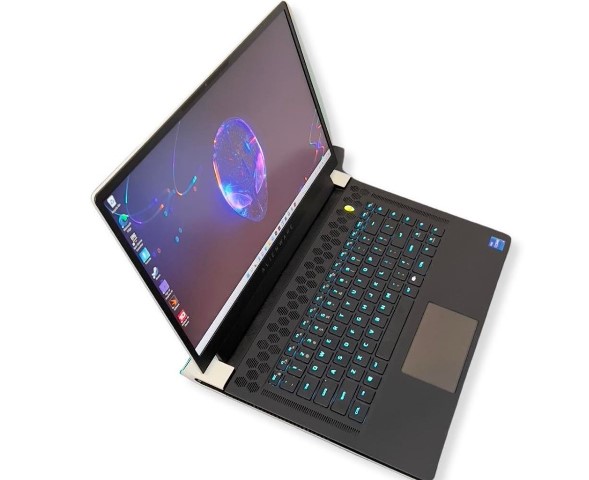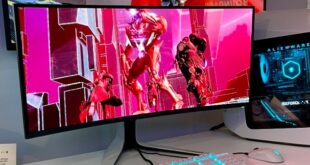Screen: a bright and convincing IPS panel The Alienware X17 is offered in Full HD or Ultra HD version. As mentioned at the start of the article, our loan unit is equipped with the 4K screen. It is a 17-inch IPS panel manufactured by the Taiwanese AU Optronics, with a …
Tag Archives: Alienware
The New Reference Screen For PC Gaming : Alienware 34 QD-OLED (AW3423DW)
GAMING SUPPORT – During its presentation, the Alienware AW3423DW had already caught our eye thanks to an exceptional technical sheet. In particular, we can find the mention of a QD-Oled panel, the first on the PC market, but also G-Sync Ultimate and HDR True Black 400 certifications as well as …

